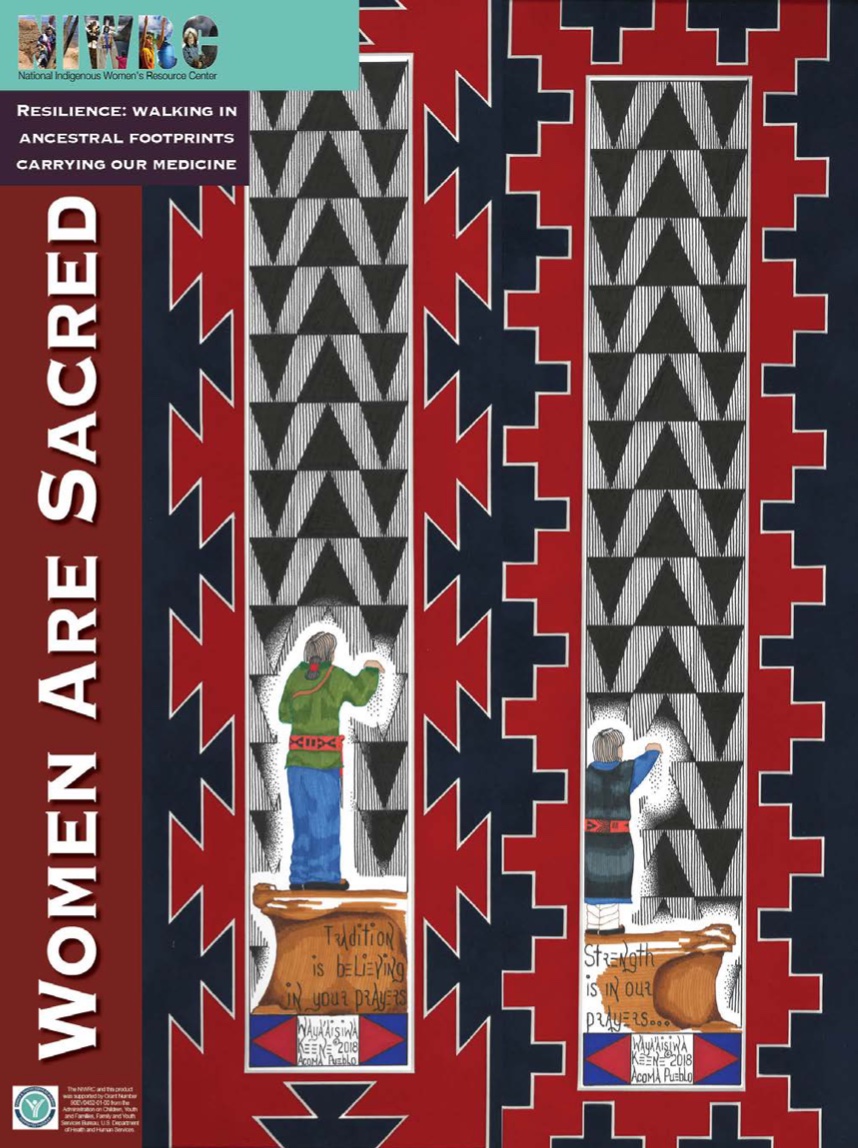Sex Trafficking: VAWA 2013—2018
Over the last decade, the efforts of tribal advocates and coalitions has resulted in the increased awareness of the long history of trafficking and current impact these crimes have on Native women and tribal communities. The Minnesota Indians Women’s Sexual Assault Coalition, Alaska Native Women’s Resource Center, and other advocacy organization work daily to increase awareness of the impact of sex trafficking on Native women and girls.
In 2013, these efforts led to concrete legislative reform in the addition of sex trafficking as a new purpose area for which Indian tribes and tribal coalitions can use their VAWA tribal funds. While this amendment passed in 2013 much remains to be done to fully incorporate trafficking into the scope of services offered under the USDOJ OVW Grants to Indian Tribal Governments Program.
“With the inclusion of sex trafficking as a purpose area for Indian tribes and coalitions under VAWA 2013 it is important to broaden the focus of national attention on the safety of Native women to include sexual exploitation and trafficking,” said Juana Majel-Dixon, Co-chair, NCAI Task Force on Violence Against Women. “In order to address these egregious discrepancies, the U.S. government must continue to resolve the jurisdictional maze faced by Native women by ensuring the effective prosecution of perpetrators of this heinous crime.”
VAWA 2018: Five years later
While human trafficking impacts every community, there is a growing awareness and concern that Native women and girls are particularly vulnerable and are victims of sex trafficking at an alarming rate. There is a particular concern about the relationship between both intimate partner violence and the extractive industries and sex trafficking. It is important that Congress take action to hold federal officials accountable for their failure to adequately investigate and prosecute trafficking crimes in tribal communities, while also ensuring that tribal governments have the resources and authority that they need to address these issues. There are several bills currently pending before Congress that would help achieve these goals.
H.R. 6545, the Violence Against Women Reauthorization Act of 2018, would amend 25 U.S.C. 1304 to make clear that tribal courts can hold anyone who traffics American Indians or Alaska Natives in Indian Country accountable for their crimes.
H.R. 4608, the SURVIVE Act, would amend the Victims of Crime Act to ensure that tribal governments receive a portion of the annual disbursements from the Crime Victims Fund in order to provide services and compensation to trafficking and other crime victims in tribal communities.
S. 3280, The End Trafficking of Native Americans Act, would establish a joint Department of Justice and Interior Advisory Committee to improve coordination in efforts to address trafficking of Indians and on Indian lands.
“In my home state of Alaska, the FBI and the BIA have warned tribal leaders that traffickers were preying on Native women and would be targeting young women who traveled to Anchorage for the Alaska Federation of Natives conference,” said Michelle Demmert, Co-chair, NCAI Task Force on Violence Against Women and Policy Consultant, Alaska Native Women’s Resource Center. “There has also been a great deal of discussion about the dangerous situation created for Native women by the oil boom in the Bakken region of North Dakota. Specifically, the influx of well-paid male oil and gas workers, living in temporary housing often referred to as ‘man camps,’ has coincided with a disturbing increase in sex trafficking of Native women.”
PURCHASE:
NIWRC’s Women Are Sacred Conference Poster 1. Artwork donated by Waya’aisiwa Gary Keene, Eagle clan from Acoma Pueblo. http://bit.ly/WASPoster1






